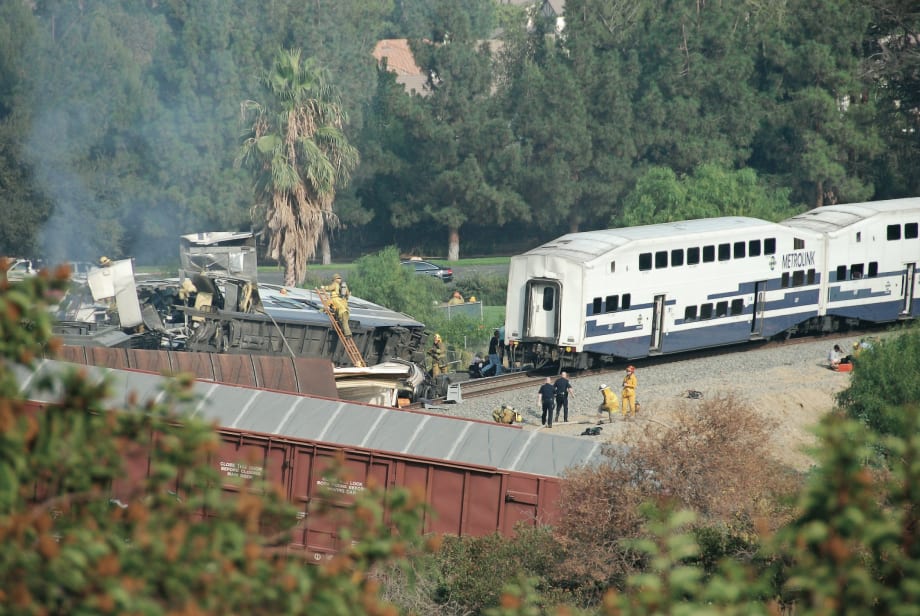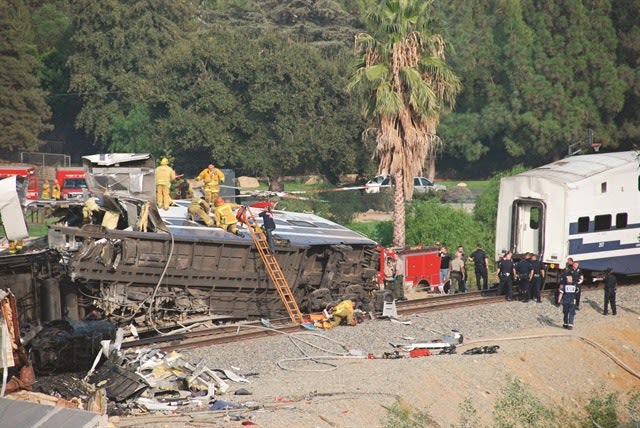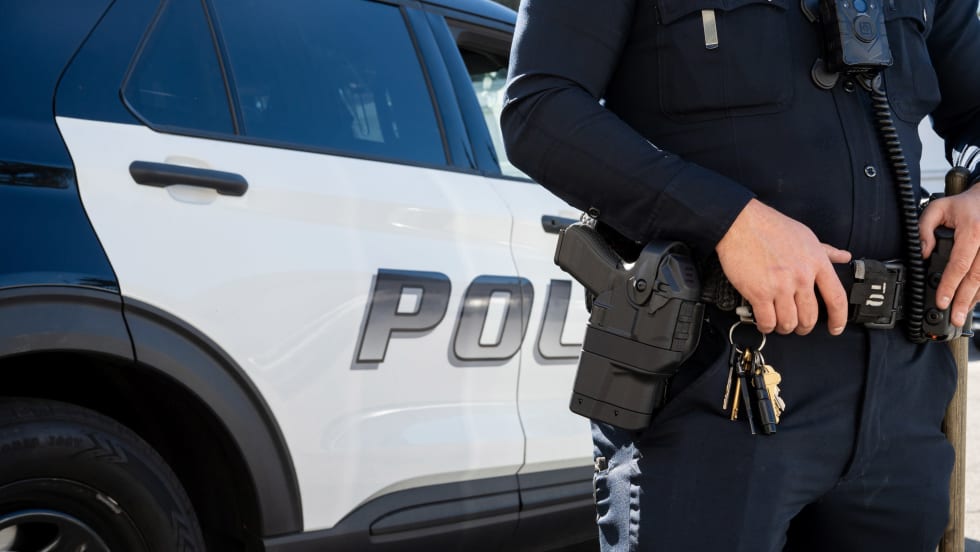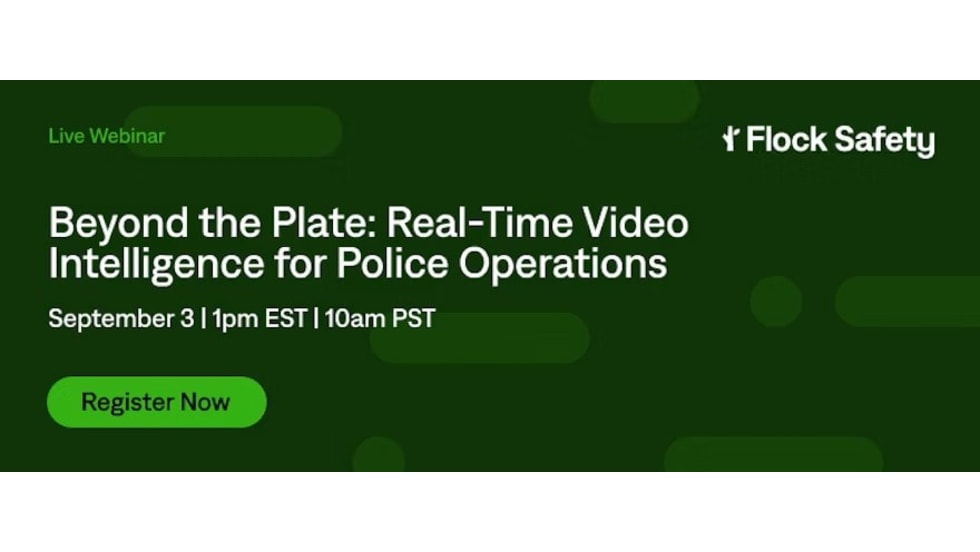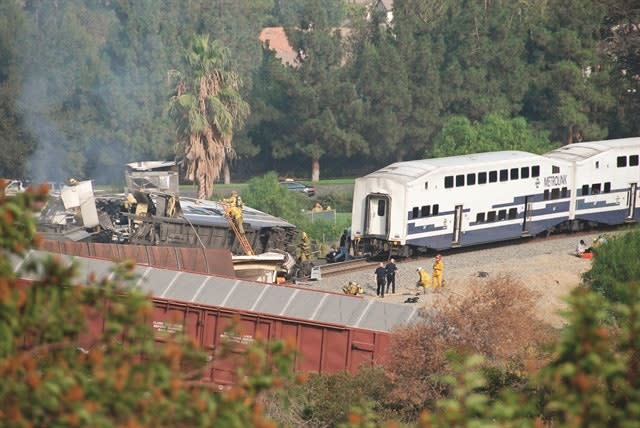
In every call for service, you should think things through before you begin your response. Each call can be broken down into three phases: pre-response, response, and post-response. The following scenario is designed to help you think things through rather than give you a specific way to handle the call.
Situation
An escorted 82-ton jet gas turbine motor is being transported by truck through a small, lightly populated area of your jurisdiction. It is supposed to be delivered to the power company in the next city over. It has successfully made nine other railroad crossings before getting to yours. The entire length of the rig is 184 feet consisting of a truck-tractor and modular transporter: three pieces hooked together with the load in the middle piece. The downward grade of the crossing causes the middle section of the transport rig to bottom out and get stuck on the train tracks.



